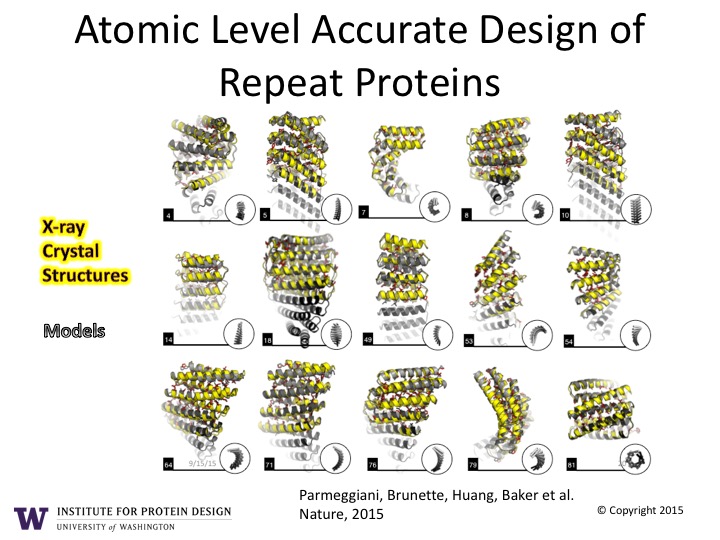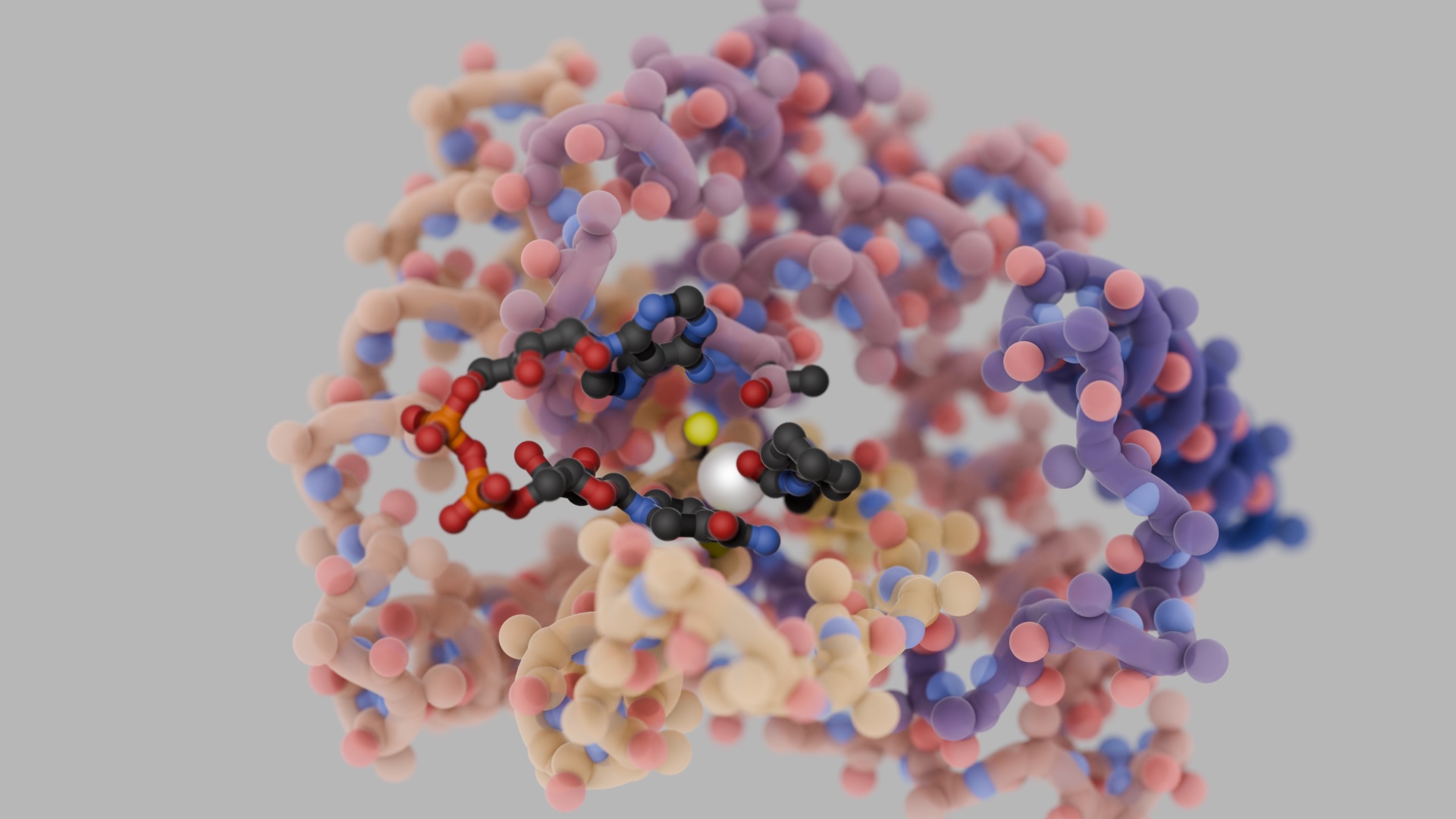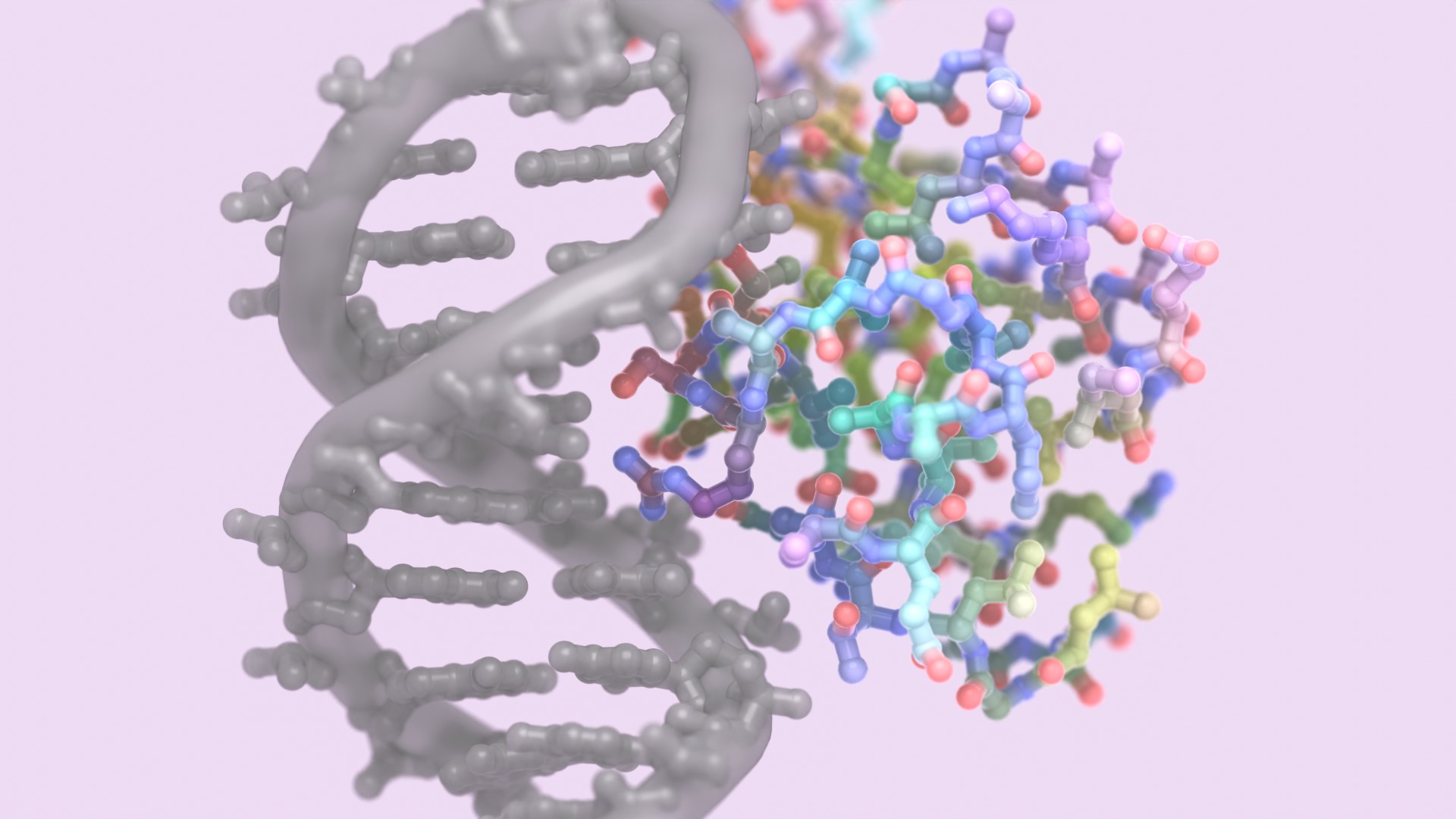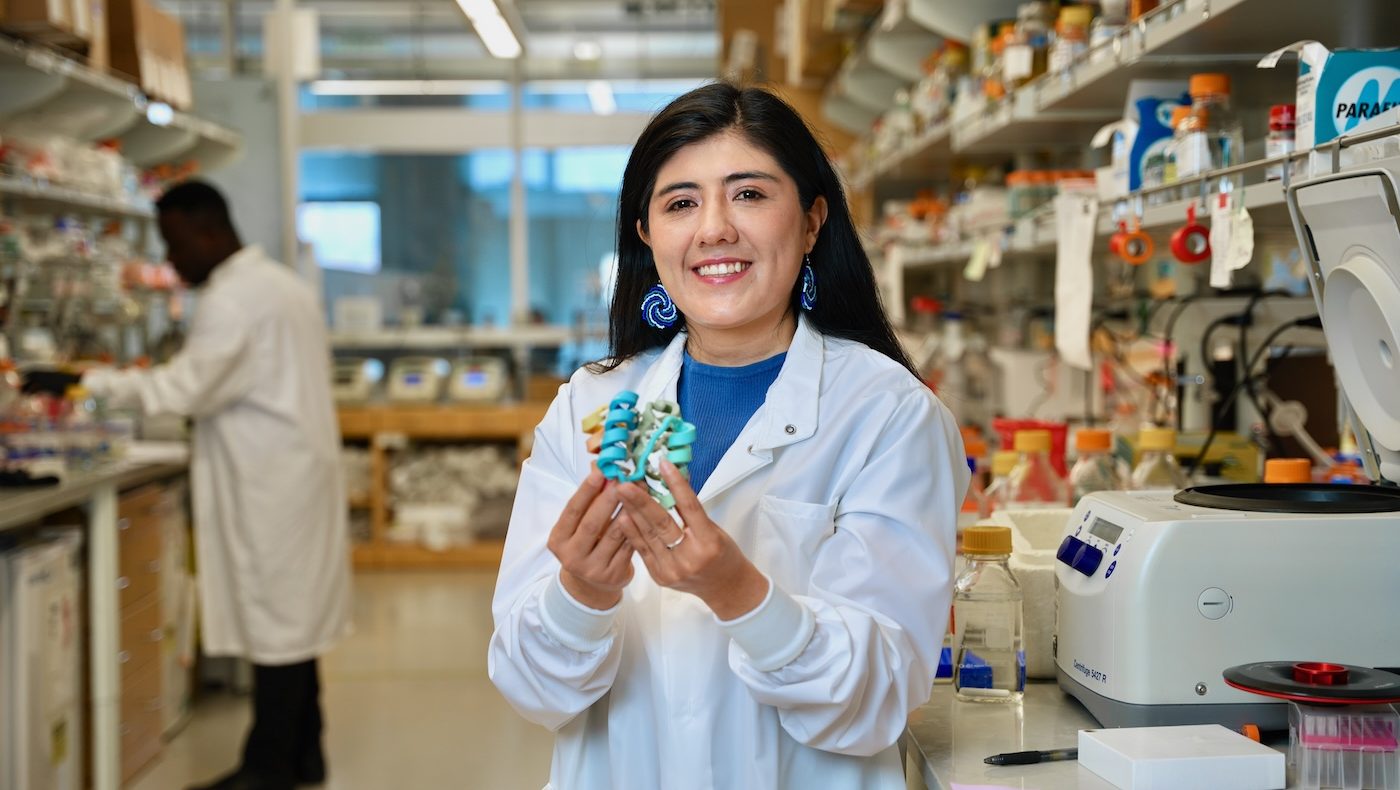[envira-gallery id=”3246″]
Custom design with atomic level accuracy enables researchers to craft a whole new world of proteins
Naturally occurring proteins are the nanoscale machines that carry out essentially all of the critical functions in living things.
While it has been known for over 40 years that the sequence of amino acids completely determines the shape of the protein, it has been very challenging to predict from the amino acid sequence of the protein its three-dimensional structure, and conversely, to come up with brand new amino acid sequences which fold up into hitherto unseen structures.
Over the past months, scientists at the Institute for Protein Design at the University of Washington and the Fred Hutch, along with colleagues at other institutions, have reported advances in two long-standing problem areas related to the construction of new proteins from scratch.
“It has been a watershed year for protein structure prediction and design,” said UW Medicine researcher David Baker, a University of Washington professor of biochemistry, Howard Hughes Medical Institute investigator and head of the Institute for Protein Design.
The protein structure problem is about figuring out how a protein’s chemical makeup predetermines its molecular structure, and in turn, its biological role. UW researchers have developed powerful new algorithms using co-evolution data from DNA sequences to make unprecedented highly accurate blind ‘ab initio’ structure predictions of large proteins (>200 amino acids in length). This has opened the door to accurate prediction of the structures for hundreds of thousands of newly discovered proteins in the ocean, soil, and gut microbiome.
Equally difficult is the second problem, which is designing amino acid sequences that will fold into brand new protein structures. Breakthroughs demonstrate that it is now possible to make brand new amino acid sequences with exacting precision for folds inspired by the natural world; and more importantly to make amino acid sequences from scratch for totally novel unknown folds, far surpassing what is predicted to occur in natural proteins.
The new proteins are designed with the help of volunteers around the world participating in the Rosetta@Home distributed computing project. The designed amino acid sequences are encoded in synthetic genes, the proteins are produced in the laboratory, and their structures determined with X-ray crystallography. The computer models in almost all cases match the experimentally determined crystal structures with near atomic level accuracy.
Researchers report new protein designs for barrels, sheets, rings, and screws –all with near atomic level accuracy. This builds on previous reports of designed protein cubes and spheres; providing proof that it is possible to make a totally new class of protein materials.
With these advances in both protein structure prediction and molecular design, Institute for Protein Design researchers hope to build a new world of proteins with exact specifications for performing critically needed tasks in medical, environmental and industrial arenas.
Examples of their goals are nanoscale tools that:
boost the immune response against HIV and other recalcitrant viruses
block the flu virus so that it can’t infect cells
deliver drugs to cancer cells with precision and reduced side effects
stop allergens from causing symptoms
neutralize deposits, called amyloids, thought to damage vital tissues in Alzheimer’s disease
mop up medications in the body as an antidote
fulfill other diagnostic, therapeutic, and clean energy needs
Just as the manufacturing industry was revolutionized by creating interchangeable parts designed to precise specifications, custom designed protein modules with the right twist, turns, and connections for their modular assembly is a bold new direction for biotechnology.
Results providing proof of this possible future have been reported in recent months by researchers the UW Institute for Protein Design in collaboration with researchers at the Fred Hutch, Max Planck Institute for Developmental Biology, Janelia Research Campus, and the Institute for Molecular Science in Japan.
Evolution offers clues to shaping proteins: The function of many proteins tends to stay the same across species, even after their amino acid sequences have changed over billions of years of evolution. Locating co-evolved pairs of amino acids helps calculate their proximity when the molecule folds. UW graduate student Sergey Ovchinnikov applied this co-evolution DNA sequence analysis in an E-Life paper published on September 3, 2015 entitled “Large-scale determination of previously unsolved protein structures using evolutionary information” that illuminated for the first time the structures of 58 families of proteins containing hundreds of thousands of additional structurally related family members.
“This achievement was a grand slam home run in the history of protein structure prediction,” said Baker.
Modular construction of proteins with repeating motifs: Proteins composed of repeated modules, similar to interlocking Lego® blocks, are common in the natural world. Two papers published in the December 16 issue of Nature entitled, “Exploring the repeat protein universe through computational protein design,” and “Rational design of alpha-helical tandem repeat proteins with closed architectures,” shows that existing repeat proteins occupy only a small fraction of the available space, and that it is possible to design totally new proteins with precisely specified geometries that go far beyond what nature has achieved. The work was led by postdoctoral fellows TJ Brunette, Fabio Parmeggiani and Po-Ssu Huang in the lab of David Baker at the University of Washington Institute for Protein Design and Lindsey Doyle and Phil Bradley at the Fred Hutchinson Cancer Research Institute in Seattle.
Barrel-fold design: , Baker lab postdoctoral fellow Po-Ssu Huang, together with Birte Höcker at the Max Planck Institute for Developmental Biology (Tübingen, Germany) discovered the critical but elusive design principles for a barrel-shaped fold underpinning many natural enzyme molecules. The custom designed barrels folds were built at the Institute for Protein Design and reported on November 23, 2015 in the Nature Chemical Biology paper, “De novo design of a four-fold symmetric TIM-barrel protein with atomic-level accuracy.” This breakthrough has opened the door for bioengineers to generate totally new enzymes that speed up chemical reactions by positioning smaller molecules in custom barrel compartments.
Self-assembling apparatus: Naturally occurring ordered protein arrays along a flat plane are found in bacteria, the heart, and other muscles. Overcoming protein interaction complexities, researchers at UW Institute for Protein Design and the Janelia Research Campus of the Howard Hughes Medical Institute succeeded in programming proteins to self-assemble into novel symmetric, 2-dimensional sheets of protein lattice patterns. UW graduate student Shane Gonen in the Baker lab together with his brother Tamir Gonen at Janelia described their work in the June 19, 2015 issue of Science, “Design of ordered two-dimensional arrays mediated by non-covalent protein-protein interfaces.” This research has application in the design self-assembling protein nanomaterials, especially those that could serve as efficient sensors or light harvesters.
Precision sculpting: Protein designers are continuously refining the principles for fashioning ideal protein structures. The latest paper in the October 6, 2015 Proceedings of the National Academy of Sciences, “Control over overall shape and size in de novo designed proteins” further explains methods for systematically varying protein architecture inspired by nature. Such finesse is needed in optimizing designed proteins to take on exact shapes to perform specified functions. This work has been led by Baker lab graduate student Yu-Ru Lin in collaboration with Nobuyasu Koga at the Institute for Molecular Science in Japan.
Funding Sources:
The Institute of Protein Design has been funded by several federal agencies, including National Institutes of Health, U.S. Department of Energy, National Science Foundation, U.S. Defense Threat Reduction Agency, and U.S. Air Force Office of Scientific Research, the Washington Research Foundation, the Life Sciences Discovery Fund, as well as through private support.
The Institute also depends on a cadre of citizen scientists around the world who volunteer their personal and computer time for protein folding prediction studies through Rosetta@home and the multi-player on-line protein folding game Foldit.
A similar story was also published in UW Health Science’s Newsbeat. Read it here.





